Содержание
- 2. Style (Latin 'stylus‘) "Style is a contextually restricted linguistic variation." (N.E. Enkvist)
- 3. Style "Style is a product of individual choices and patterns of choices (emphasis added) among linguistic
- 4. Style "Style is a quality of language which communicates precisely emotions or thoughts, or a system
- 5. Style is a set of characteristics by which we distinguish one author from another or members
- 6. Style is way of using language By register (circumstances attending the process of speech) : formal
- 7. Style is identified by a COMBINATION of properties Lexical means Syntactical means Phonological means style
- 8. Functional style a system of coordinated, interrelated and interconditioned language means intended to fulfill a specific
- 9. formal Neutral informal
- 10. Informal Style used in personal two-way every-day communication vocabulary may be determined socially (educational and cultural
- 11. Informal Style gesture, tone, voice are as important as words carelessness in grammar and pronunciation) not
- 12. Informal Style imaginative word play (e.g. These clips are really …clippy) ready-made formulas of politeness and
- 13. Informal Style lexical expressions of modality (e.g. definitely, in a way, I should think so, not
- 14. Informal Style substantive adjectives (e.g. greens for ’green leaf vegetables’, woolies for ‘woolen clothes’) lexical intensifiers,
- 15. Informal Style Vocabulary Colloquial words - literary colloquial (cultivated speech) - familiar colloquial - low colloquial
- 16. Literary Colloquial used by educated people in an informal conversation or when writing letters to intimate
- 17. Familiar Colloquial more emotional, much more free and careless used mostly by young and semi-educated a
- 18. Low Colloquial Speech illiterate speech contains more vulgar, harsh words (bloody, hell, f-word) sometimes contains elements
- 19. Slang mainly used by young and uneducated characterized by the use of expressive, mostly ironical words
- 20. Slang most slang words are metaphors and jocular, often with a coarse, mocking, cynical colouring money
- 21. Slang slang words and idioms are short-lived, soon they ether disappear or lose their peculiar colouring
- 22. Slang general slang – for any social or professional group (cool) special slang – peculiar for
- 23. Argot special vocabulary used by a particular social or age group, the so-called underworld (the criminal
- 24. Dialect Words Dialect is a variety of a language which prevails in a district, with local
- 25. Dialect Words dialect words may enter colloquial speech, slang, then neutral vocabulary and formal language car,
- 26. Formal Style used in scientific discourse, in monologue, often prepared in advance words are used with
- 27. Formal Style Vocabulary Literary / learned words [lə:nid] - words of scientific prose - official words
- 28. Formal Style Vocabulary literary / learned words – used in descriptive passages of fiction mostly polysyllabic
- 29. Formal Style Vocabulary words of scientific prose experimental, divergent, in terms of, heterogeneous, officialese (канцеляризмы) –bureaucratic
- 30. Formal Style Vocabulary words of poetic diction: used in poetry characterized by a lofty, high-flown, sometimes
- 31. Formal Style Vocabulary Obsolete words are words that dropped from the language, no longer in use,
- 32. Formal Style Vocabulary Archaic words are words which survive in special contexts, current in an earlier
- 33. Historical words words denoting objects and phenomena which are things of the past and no longer
- 34. Historical words names of ancient transport means, ancient clothes, weapons, musical instruments, etc. crinoline - кринолин
- 35. Professional Terminology Term is a word or a word-group which is specifically employed by a particular
- 36. Professional Terminology terms should be monosemantic independent of the context have only denotational meaning terms should
- 37. Neutral Vocabulary opposed to formal and informal words used in all kinds of situations, independent of
- 38. Neutral words constitute the core of the language corpus, denote objects and phenomena of everyday importance
- 40. Functional styles
- 41. Classification of functional styles official style scientific style publicist style newspaper style belles-lettres style (стиль художественной
- 42. Official style represented in all kinds of official documents and papers: а) the language style of
- 43. Official style (“officialese”) The aim is to reach agreement between two contracting parties: - the state
- 44. Official style special clichés, terms and set expressions (beg to inform you, I second the motion,
- 45. Diplomatic documents Special terms and phrases: contracting parties, to ratify an agreement, memorandum, pact, persona non
- 46. Legal language extremely formal style abundance of terms including Latin words (habeas corpus) often incomprehensible even
- 47. The Boeing Company By-Laws (Устав) Article 1 Section 4: “Except as otherwise required by statute and
- 48. Official style use of abbreviations, conventional symbols and contractions: Business: oc (over-the counter) без посредников TC
- 49. Official style fixed compositional patterns Business letters the heading giving (the address of the writer, the
- 50. Official style Almost every official document has its own compositional design. Pacts, statutes, contracts, affiliation contracts
- 51. Scientific style found in scientific research papers, dissertations, articles, brochures, monographs and other academic publications а)
- 52. Scientific style the aim is: to prove a hypothesis, to create new concepts, to disclose the
- 53. Scientific style objective, precise, unemotional, devoid of any individuality generalized language (абстрактный язык) logical sequence of
- 54. Scientific style referencing (fооt-nоtes, quotations) impersonality (passive constructions) very prolific in coining new words : -
- 55. Medical text «Before the individual medical diagnostic and therapeutic procedures are discussed, the conventional approach to
- 56. Publicist style essay, feature article, most writings of "new journalism", radio and television commentary, public speeches,
- 57. Style of oratory the oral subdivision of the publicist style purpose of oratory is persuasion requires
- 58. Style of oratory direct address to the audience by special formulas (Ladies and Gentlemen) final formulas
- 59. Style of oratory features of colloquial style (I’ll; won’t; haven’t; isn’t, etc) to reach closer contact;
- 60. Style of oratory Skills of public speaking: voice intonation and pausation ability to break the monotony
- 61. Essay is a literary composition of moderate length on philosophical, social, scientific or literary subjects preserves
- 62. Essay brevity of expression; use of the first person singular (a personal approach to the problems
- 63. Newspaper style observed in the majority of information materials printed in newspapers the language style of
- 64. Publicist style goal - to give ‘views’, i.e. to shape the audience’s opinion, to make the
- 65. Newspaper style Informative, unbiased and evaluative to a certain extent specific vocabulary to avoid direct responsibility:
- 66. BRIEF NEWS ITEMS state facts without giving explicit comments mostly implicit evaluation stylistically neutral, unemotional matter-of-fact
- 67. BRIEF NEWS ITEMS characterized by an extensive use of: Special political and economic terms (cold war,
- 68. BRIEF NEWS ITEMS Abbreviations (NATO, EEC) Neologisms (liquid bomb plot) Complex syntactical structure: Brown addresses tonight’s
- 69. BRIEF NEWS ITEMS Verbal constructions (infinitive, participial, gerundial) Attributive noun groups: A team-building exercise involving imitation
- 70. THE HEADLINE to inform the reader briefly what the text that follows is about to arouse
- 71. THE HEADLINE can be almost a summary of the information “Homemade explosive would be detonated with
- 72. THE HEADLINE elliptical sentences (with auxiliary verbs, articles, subject, predicate omitted): “Man charged with murder of
- 73. THE HEADLINE deliberate breaking-up of set expressions: “Cakes and Bitter Ale” (Cakes and Ale) “Conspirator-in-chief Still
- 74. ADVERTISEMENTS AND ANNOUNCEMENTS Goal : to inform to appeal to the reader to persuade the reader
- 75. ADVERTISEMENTS: classified and non-classified Classifieds (“Jobs”, “Births”, “Obituaries”, etc) -stereotyped patterns - economizing space (= money):
- 76. Non-classified adverts The reader's attention is attracted by every possible means: typographical graphical stylistic, both lexical
- 77. Style of Advertisement
- 78. TO BElles-lettres or NOT TO BElles-lettres ? Fiction embraces numerous and versatile genres of imaginative writing,
- 79. Genres of Literature
- 80. Genres of literature http://www.youtube.com/watch?v=AsJko91QjgE More detailed description of genres http://www.youtube.com/watch?v=dNF4zpdDsSU
- 81. Belles-lettres style а) the language style of poetry; b) the language style of emotive prose; с)
- 82. Belles-lettres style Function: cognitive and aesthetic genuine, not trite; imagery, achieved by purely linguistic devices richness
- 84. Скачать презентацию



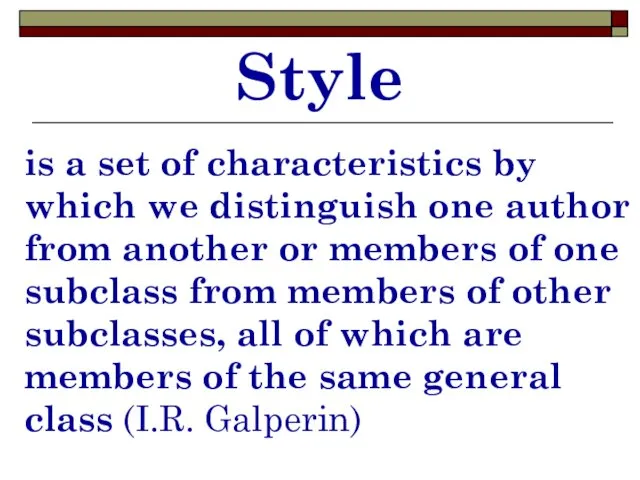
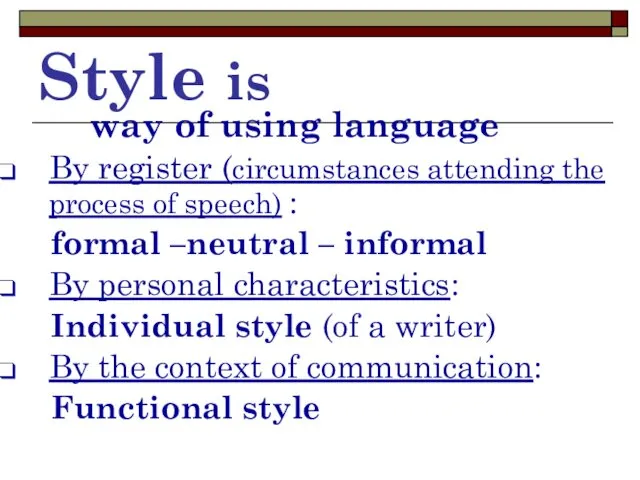
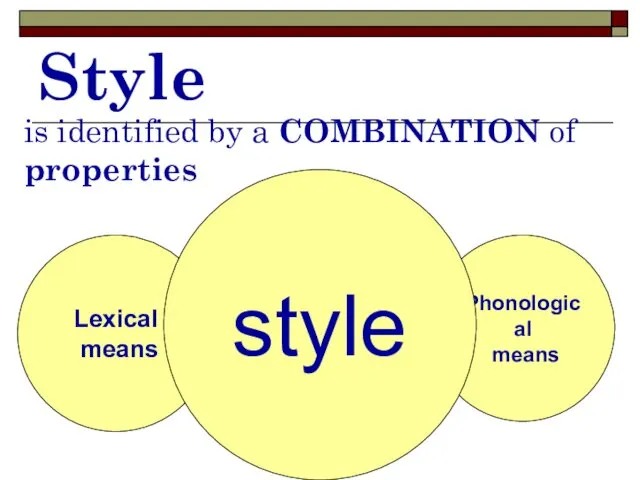
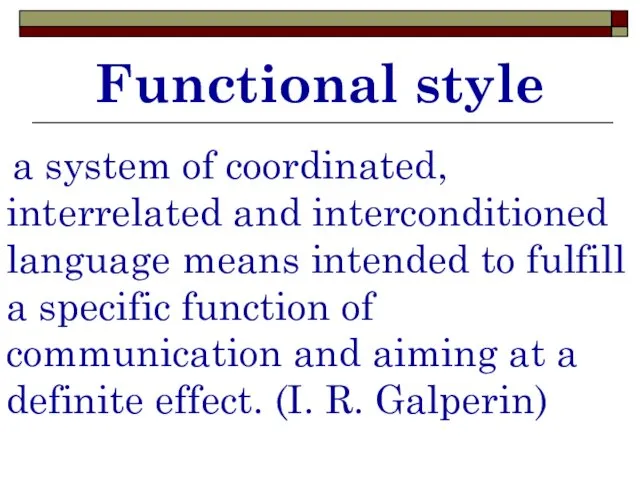
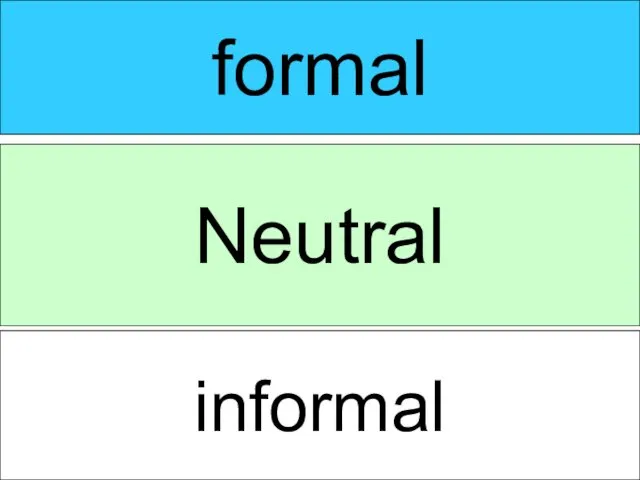
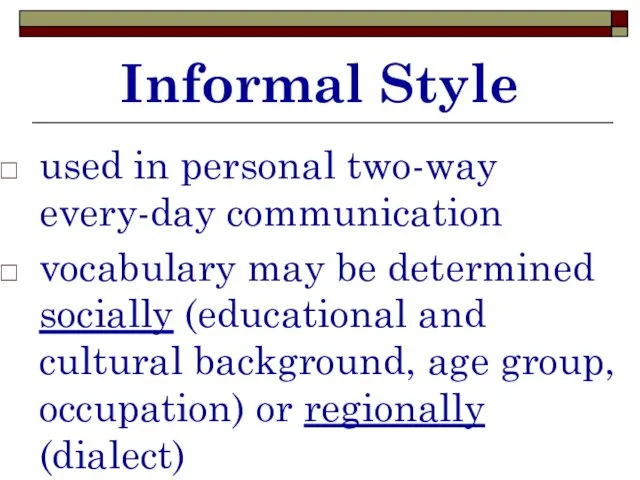
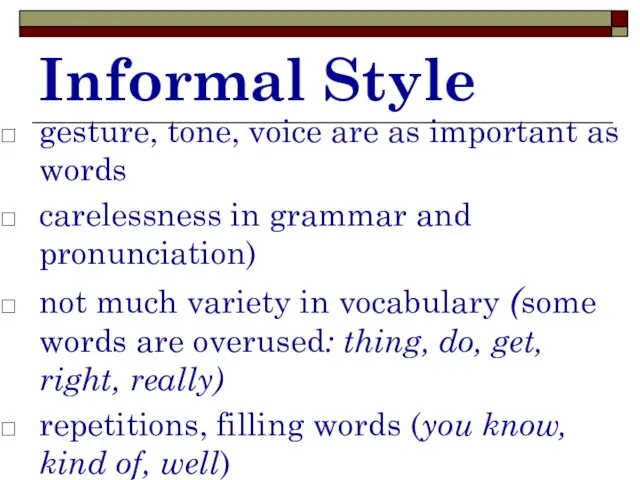
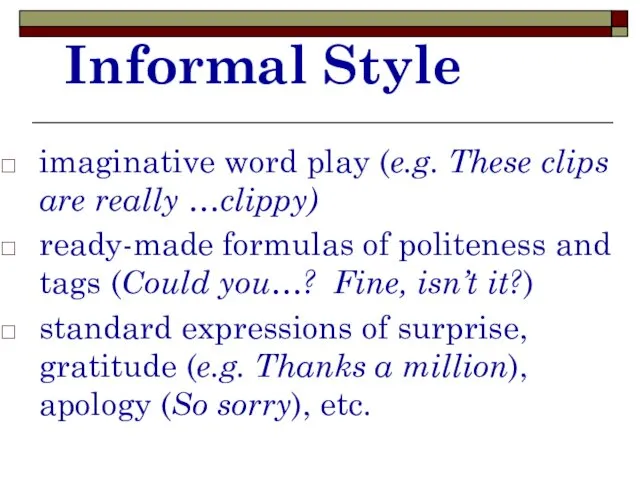
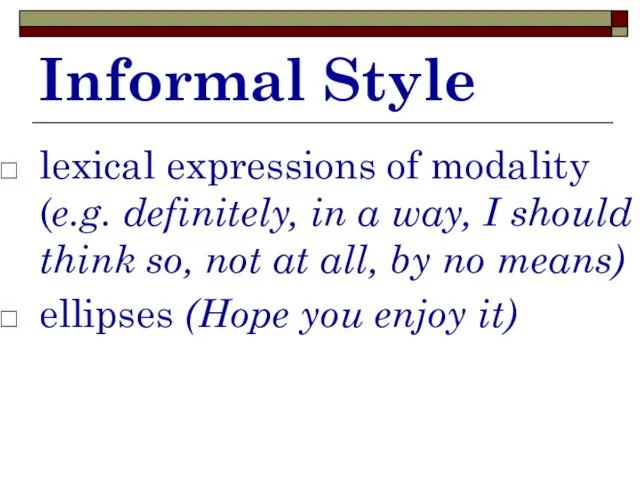
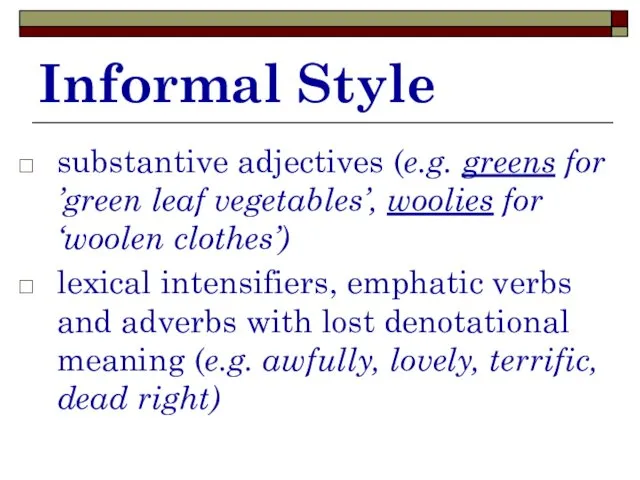
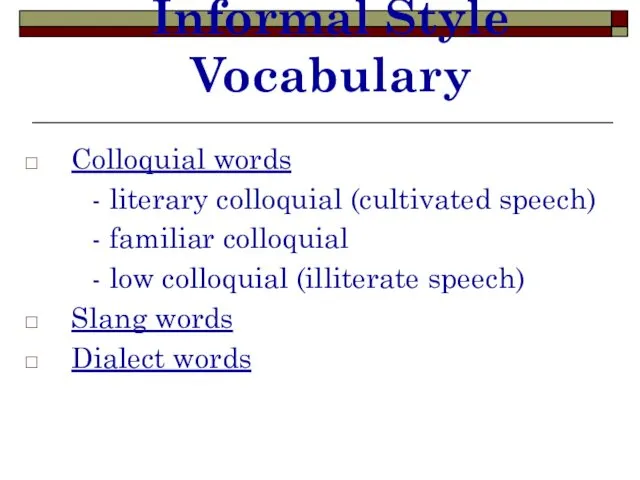
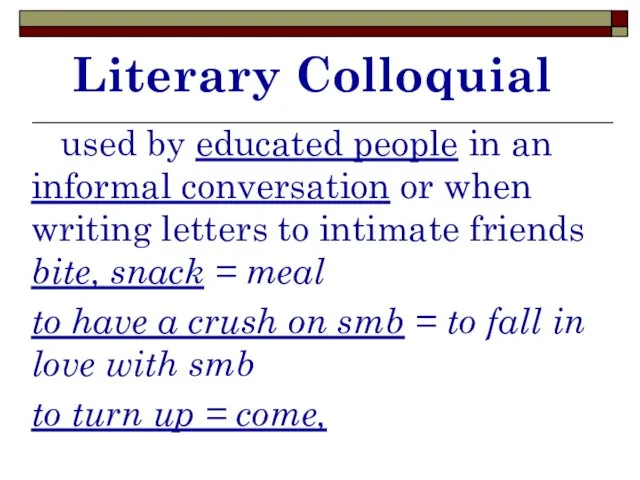
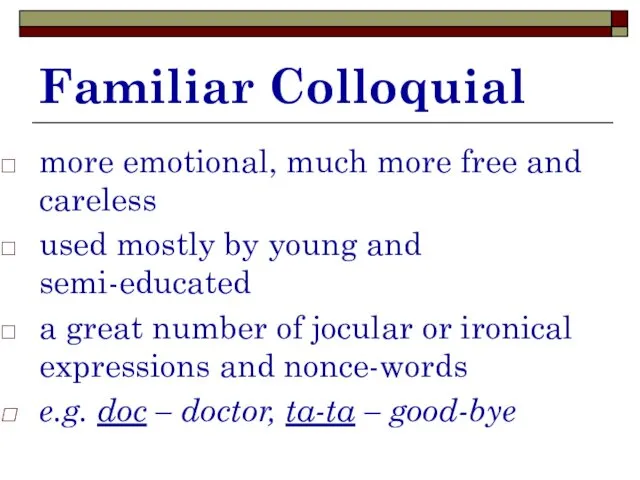
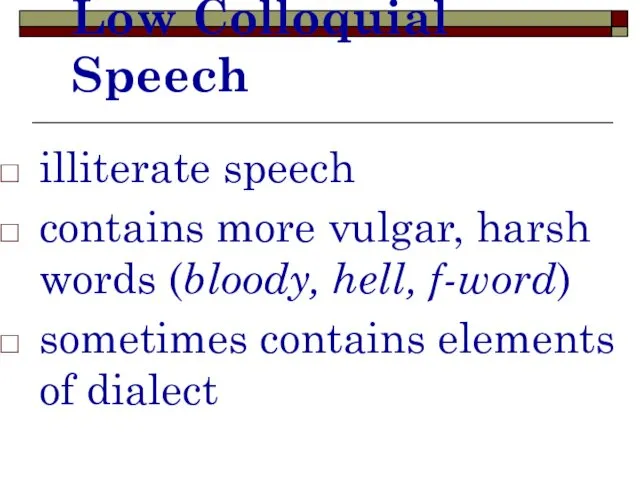
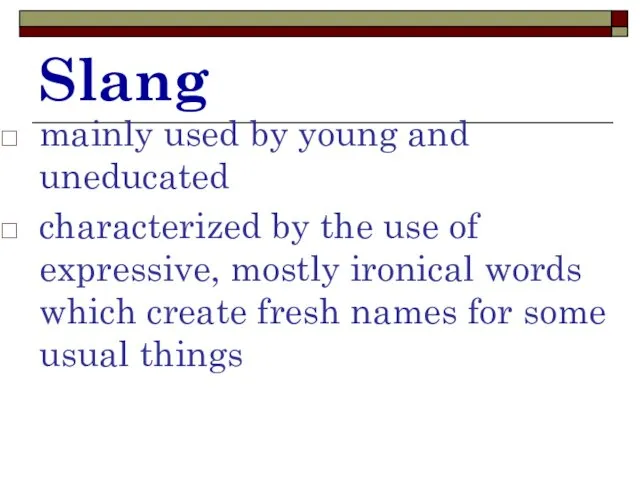

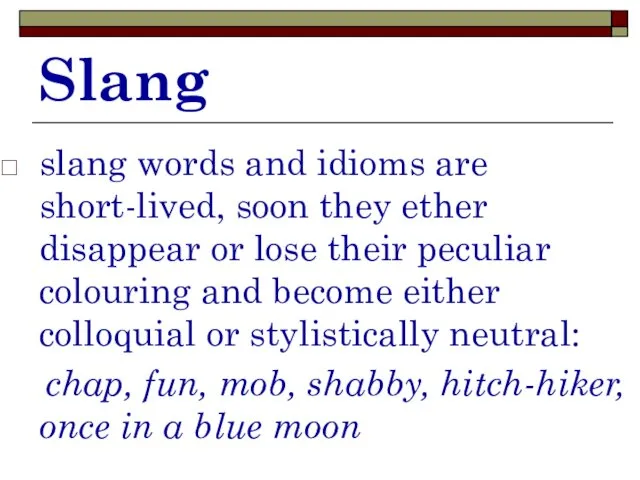
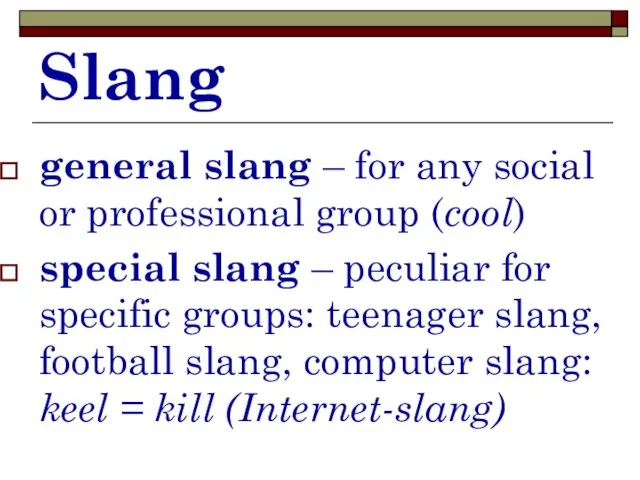
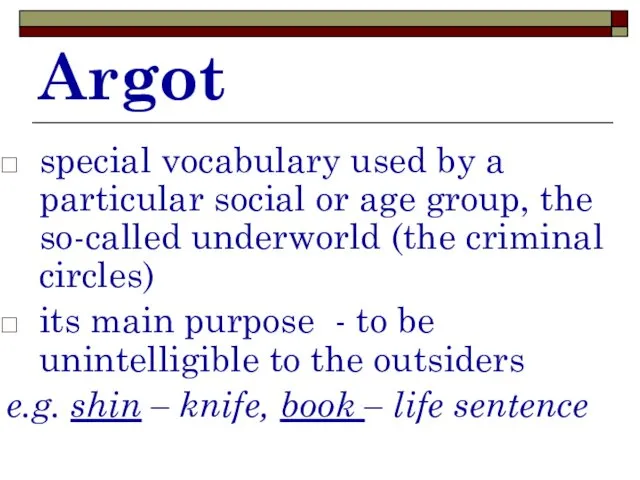
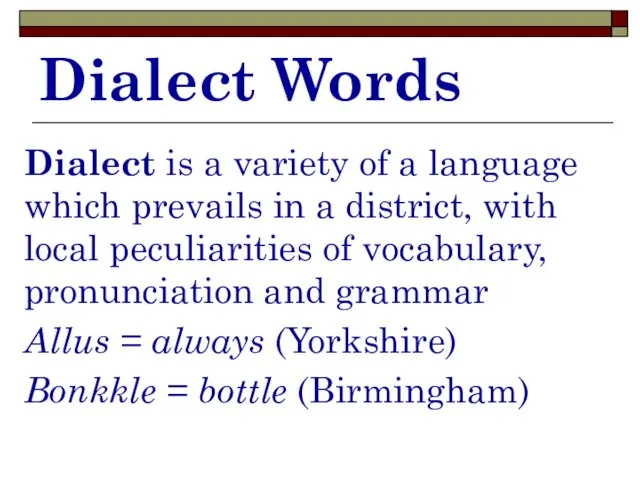
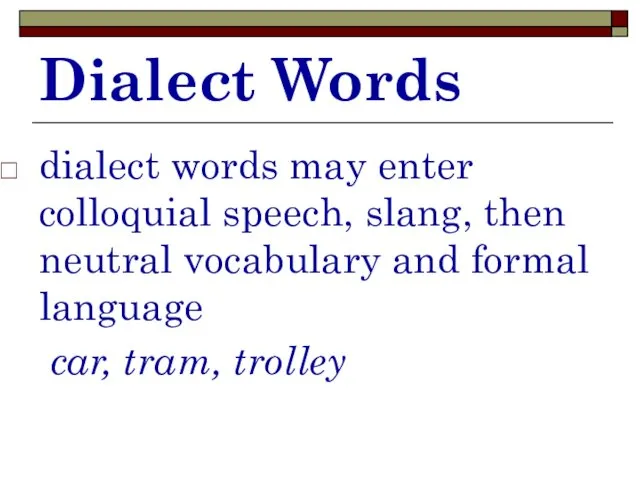
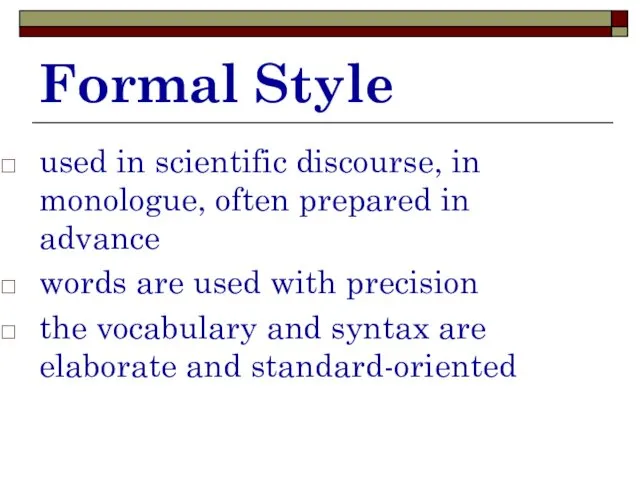
![Formal Style Vocabulary Literary / learned words [lə:nid] - words](/_ipx/f_webp&q_80&fit_contain&s_1440x1080/imagesDir/jpg/1459/slide-26.jpg)
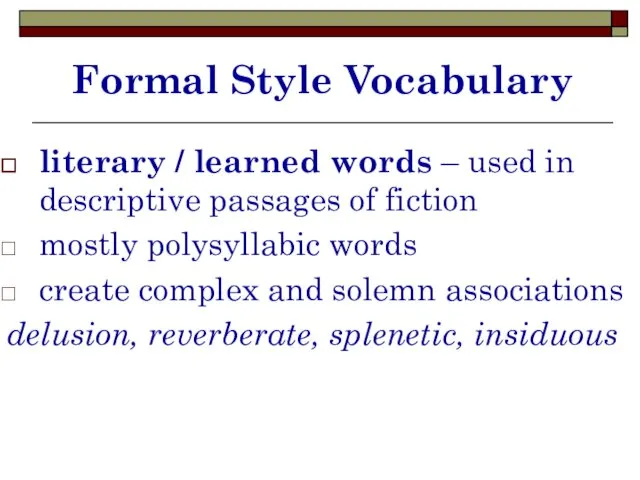
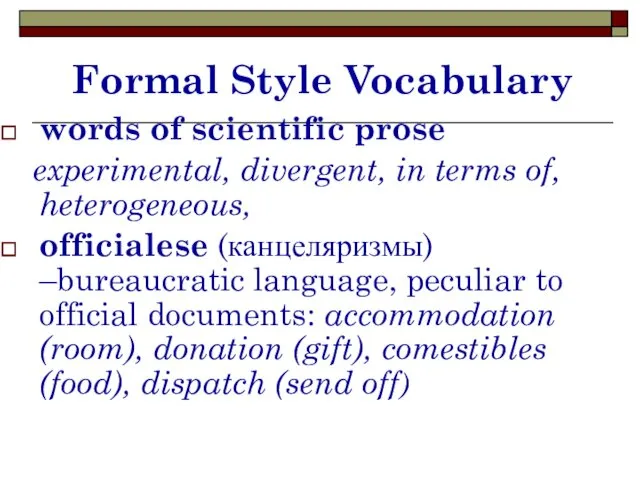
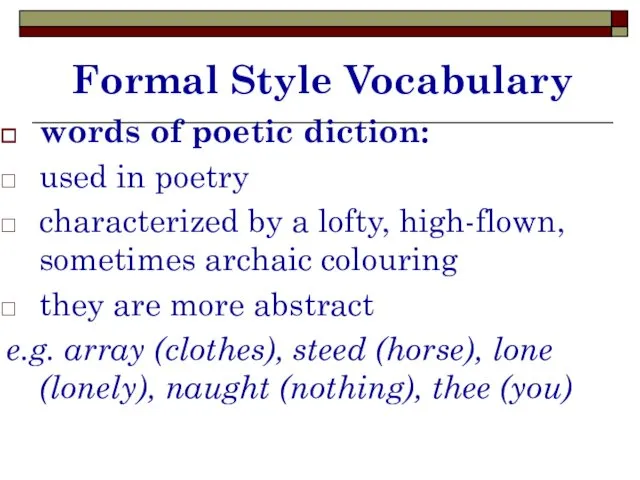
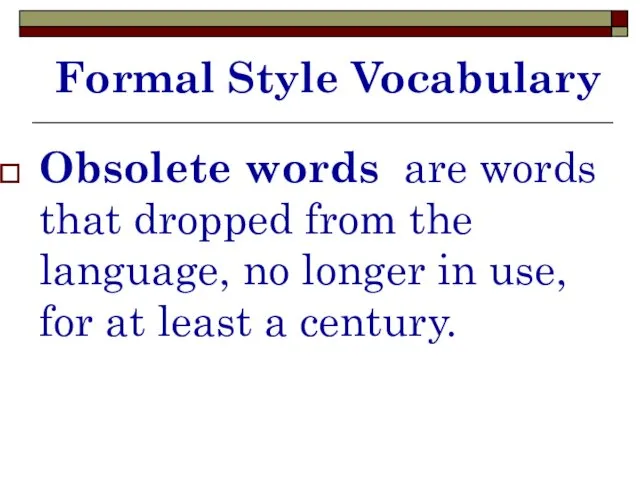
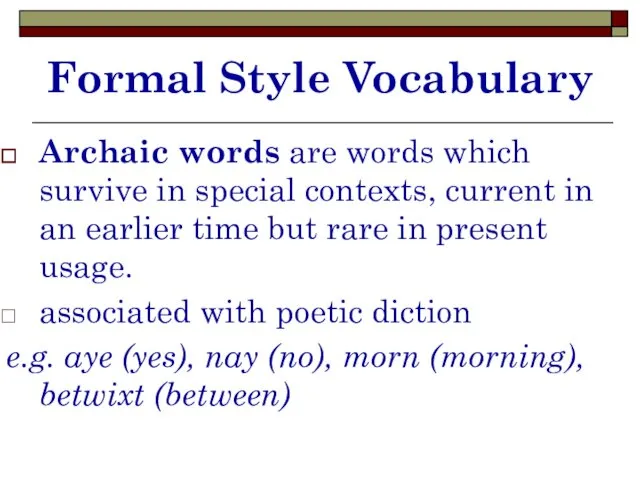
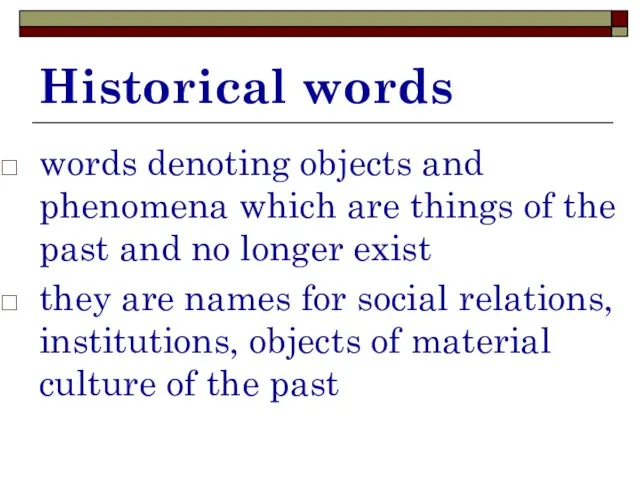
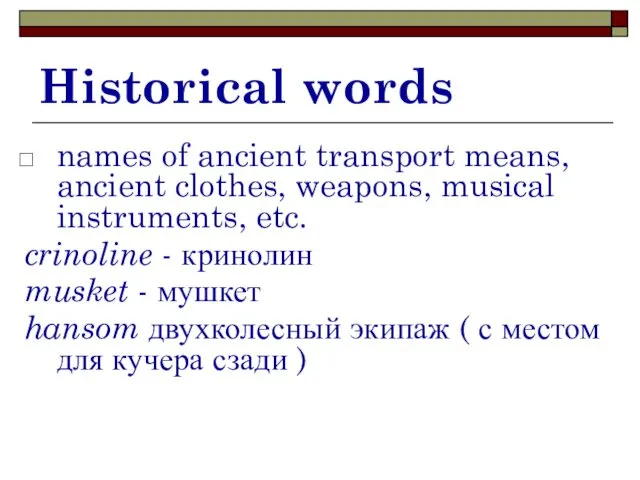
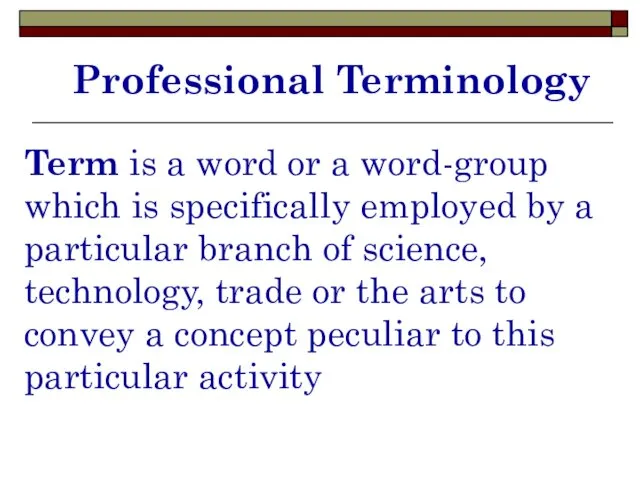
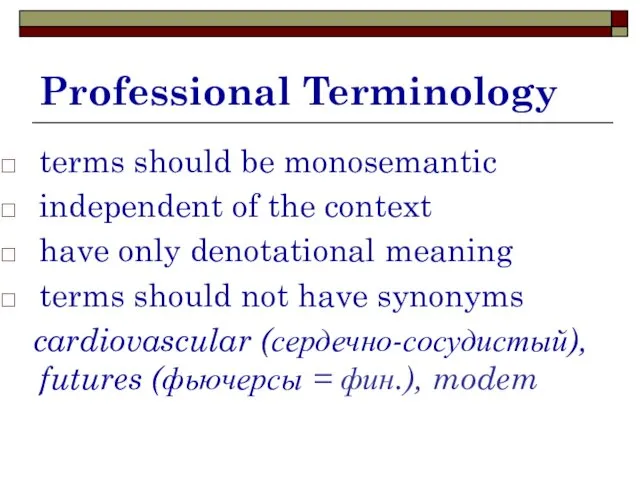
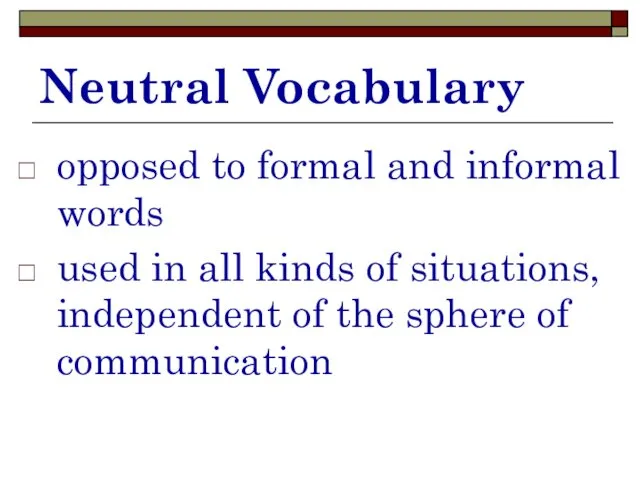
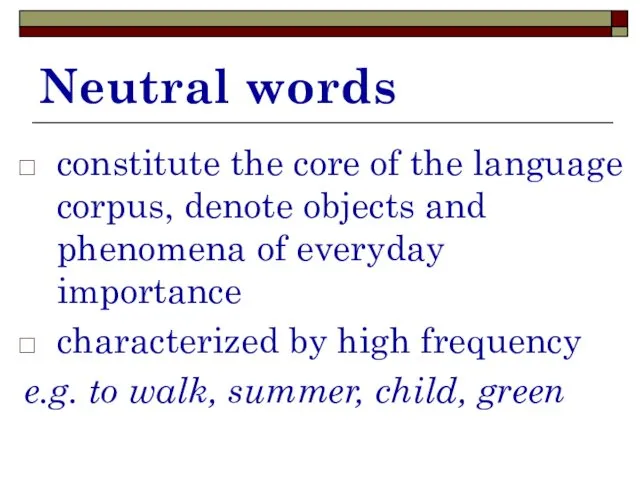
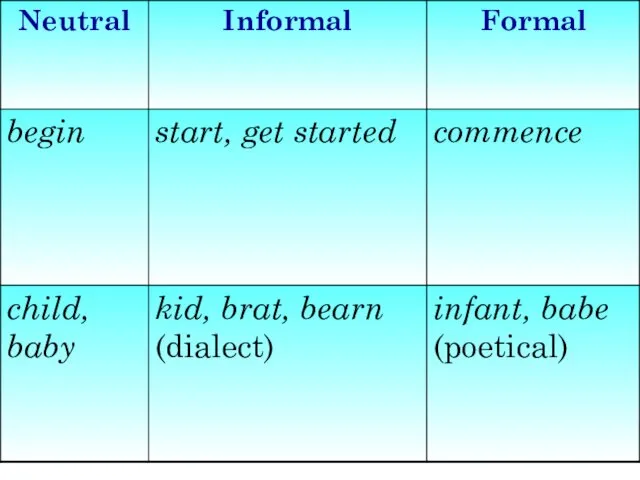
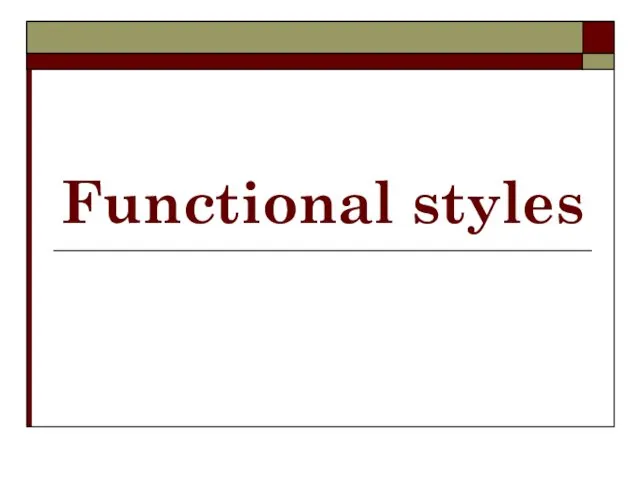
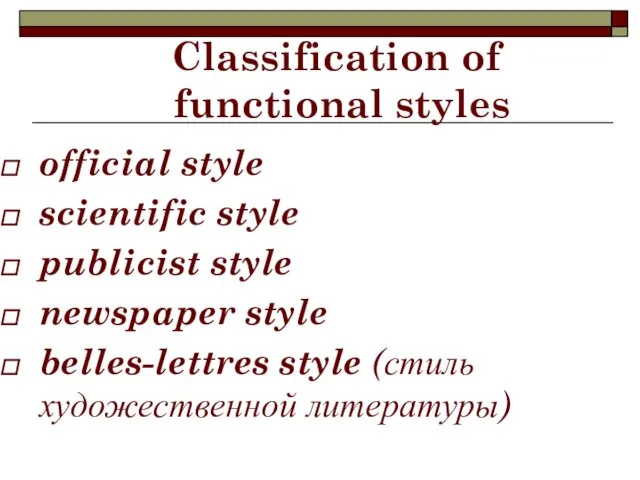
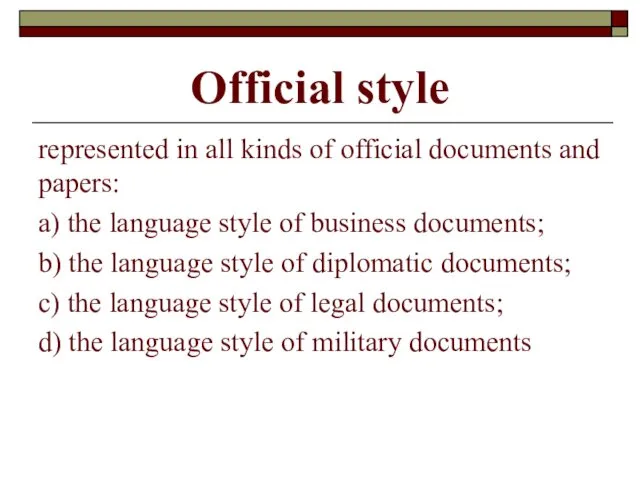
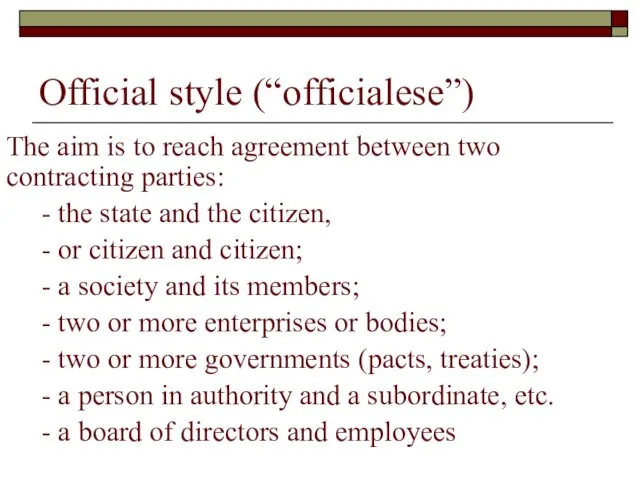
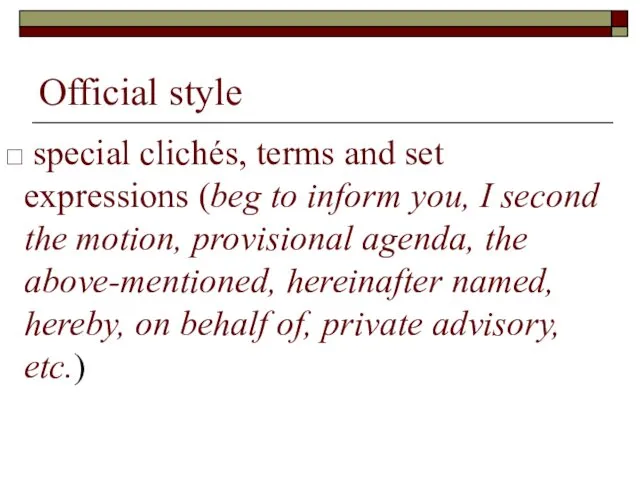
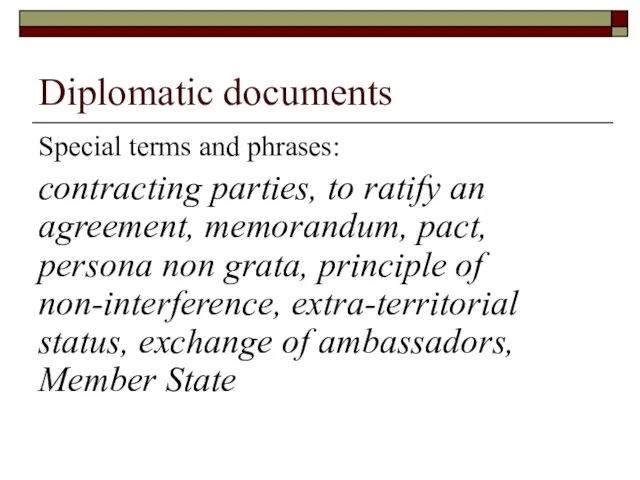
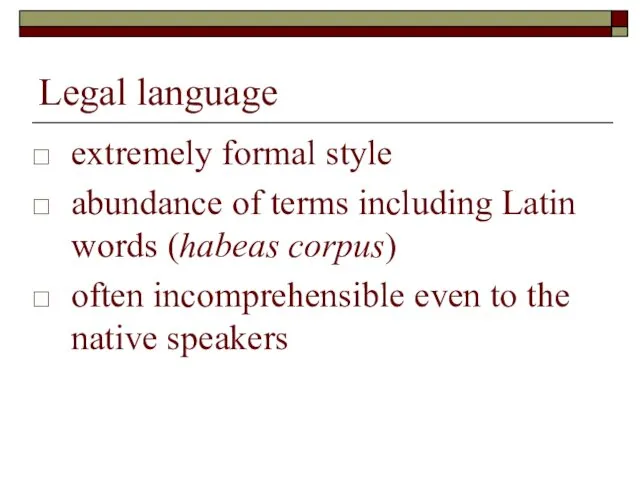
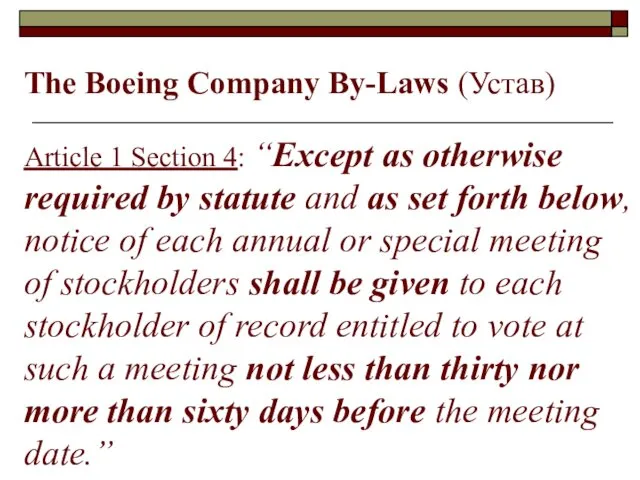
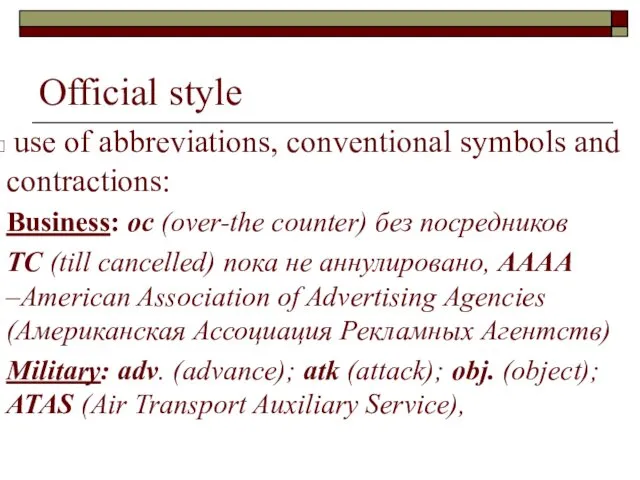
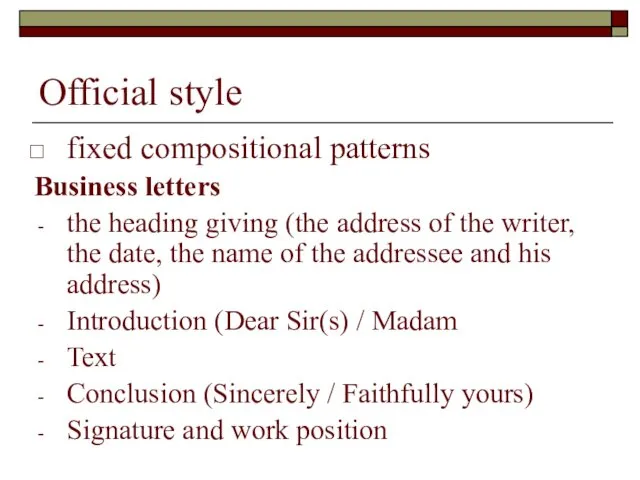
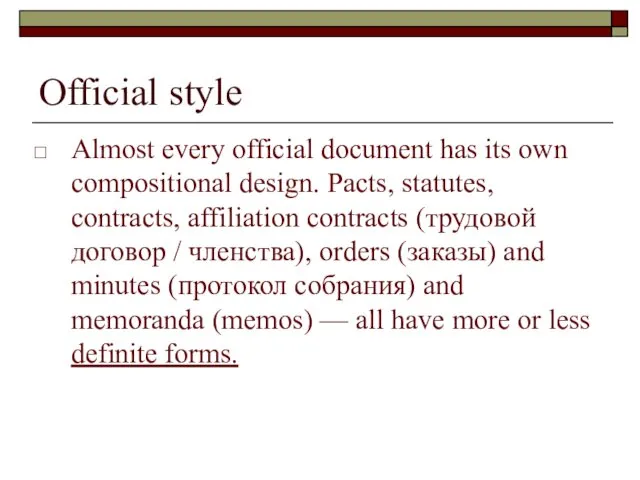
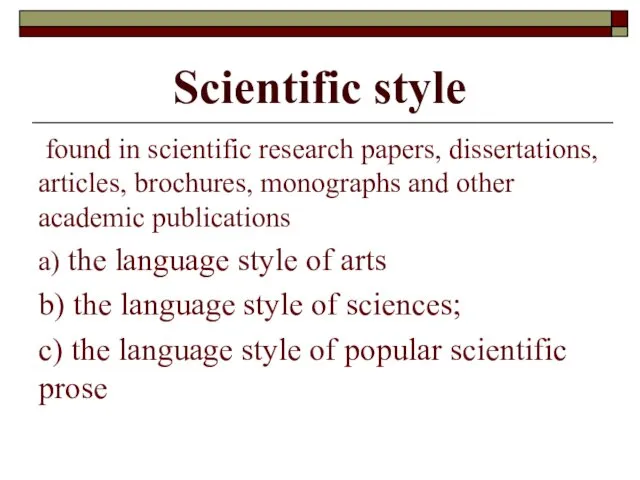
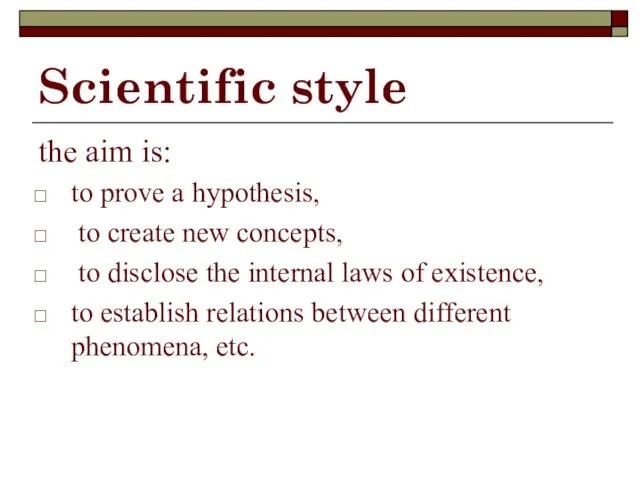
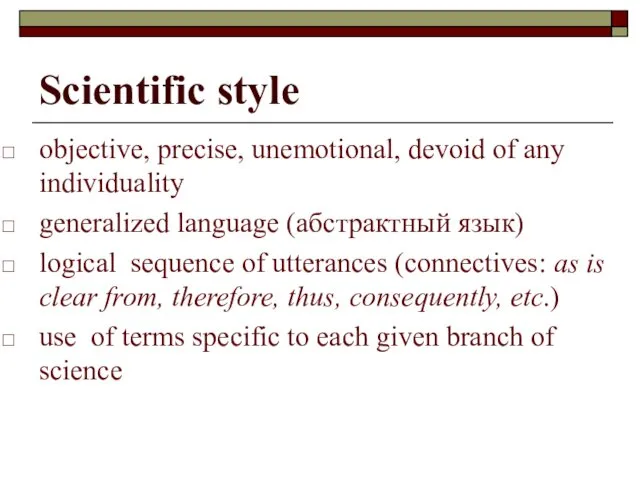
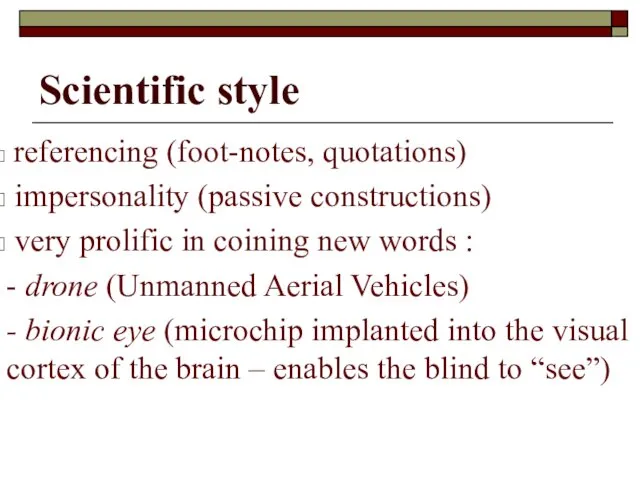
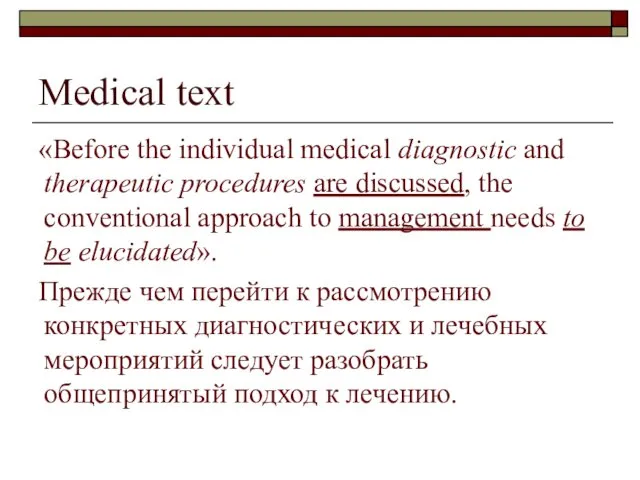
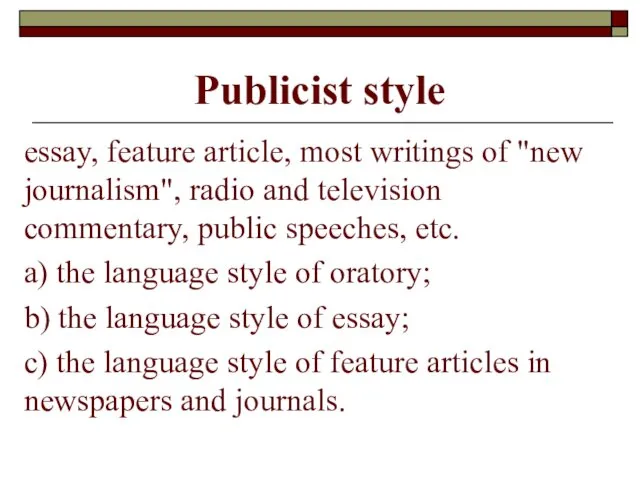
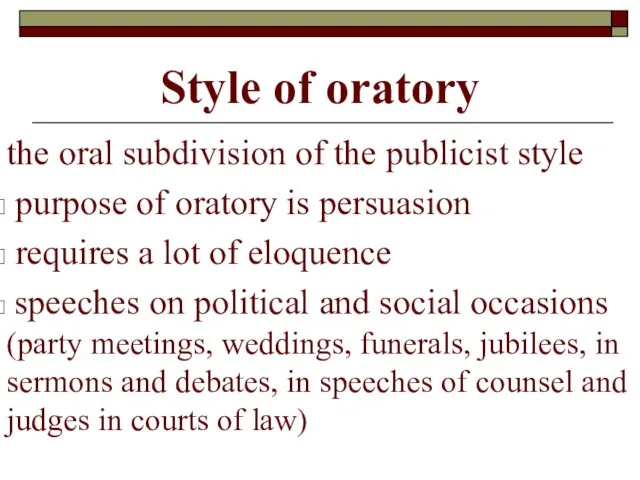
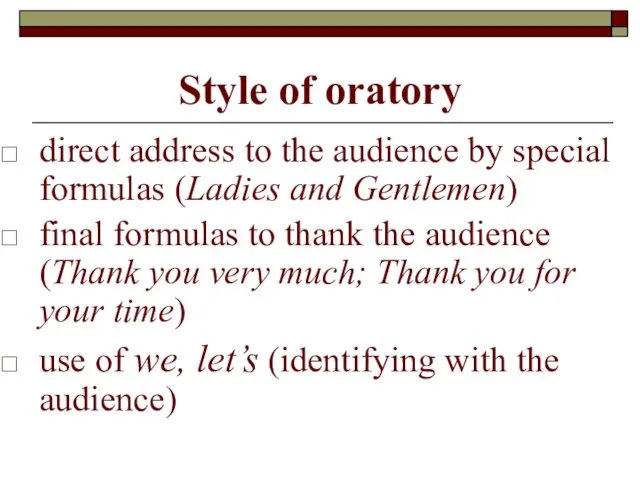
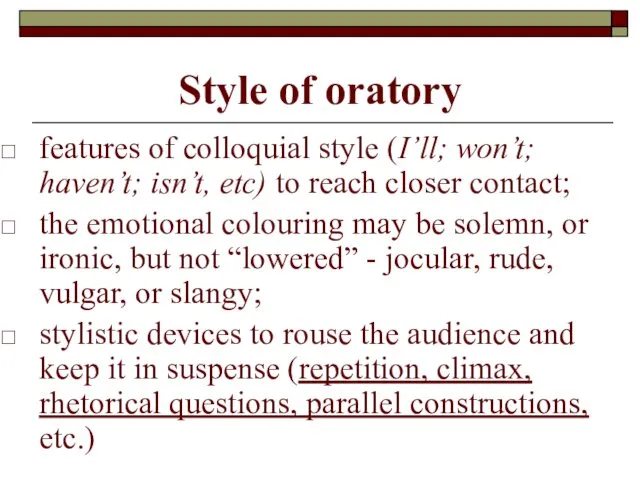
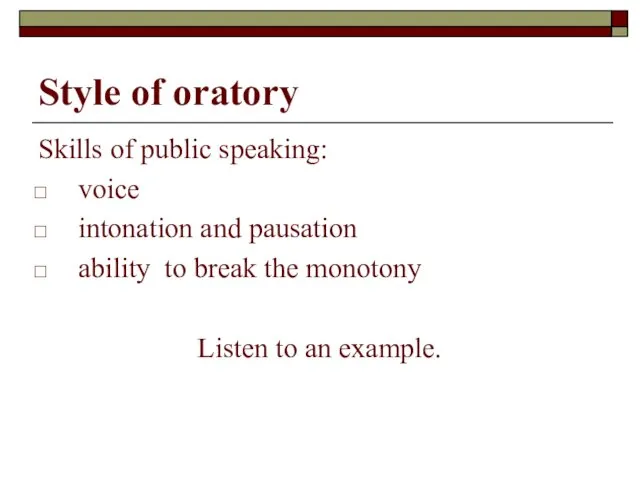
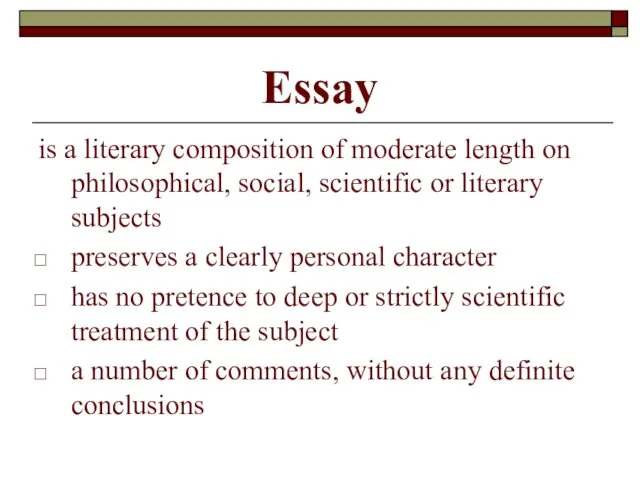
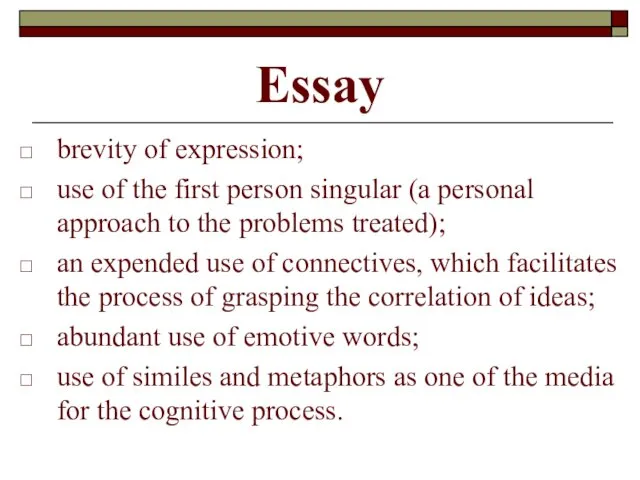
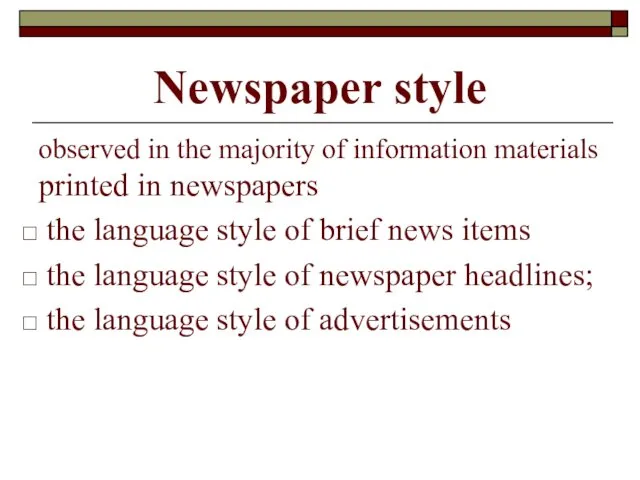
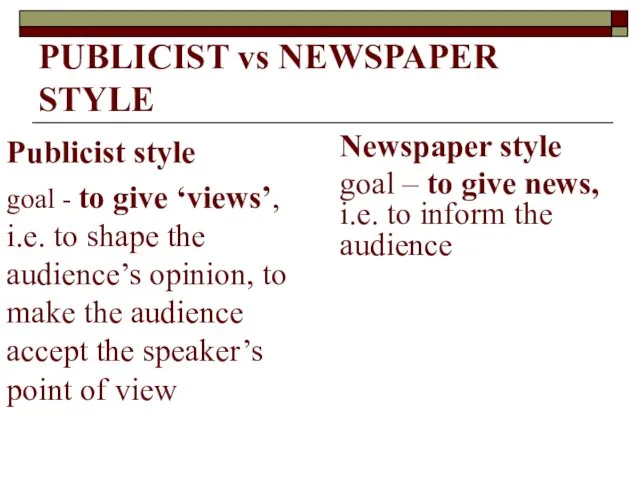
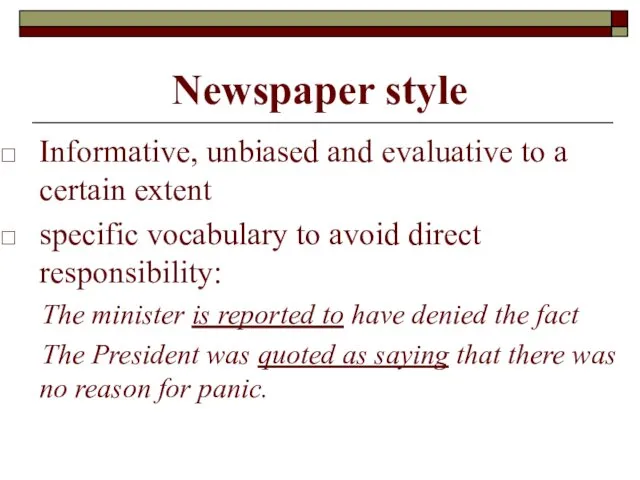
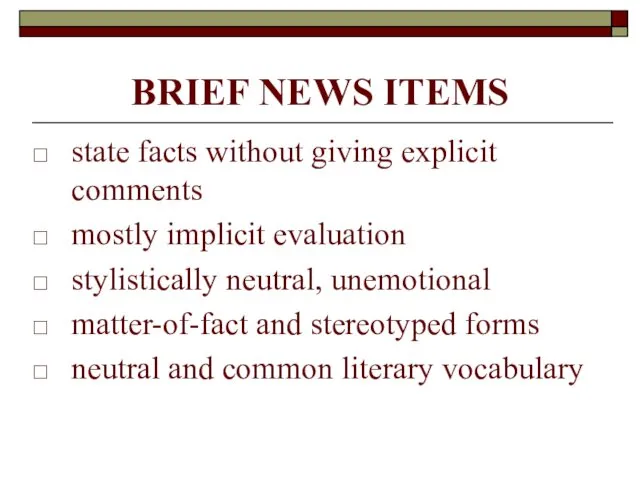
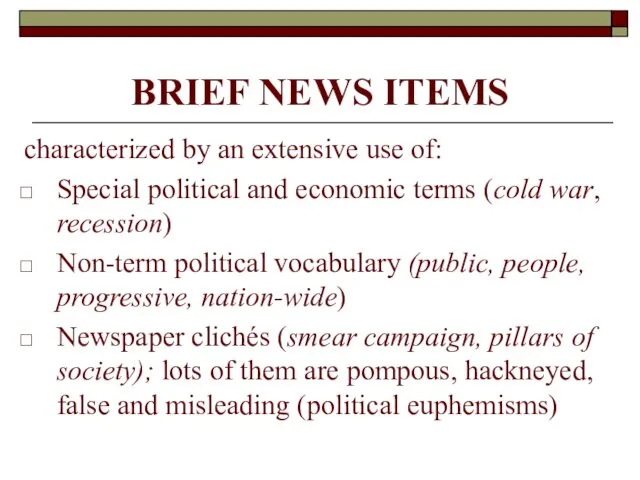
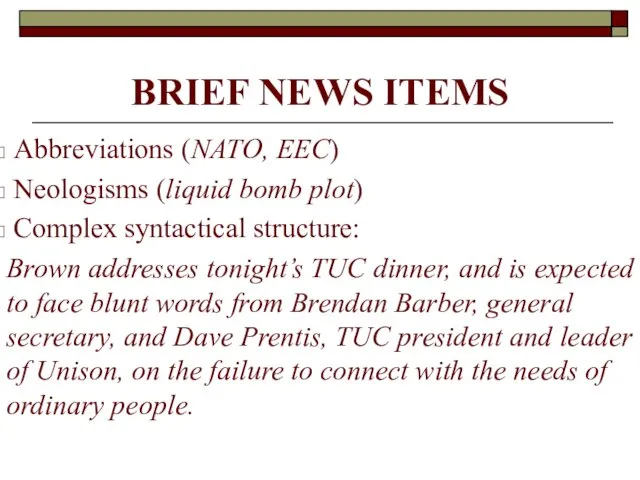
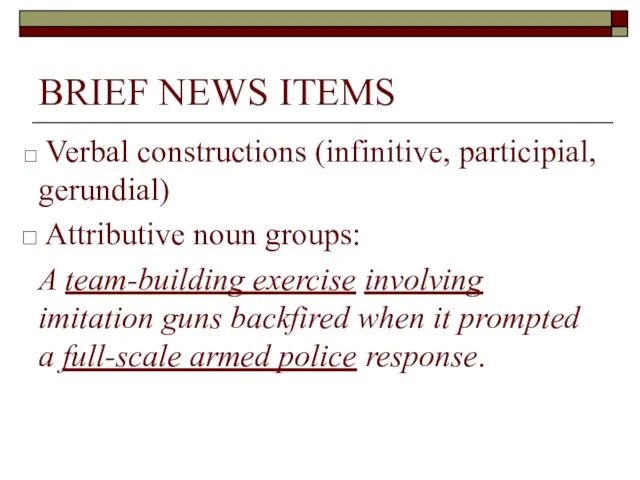
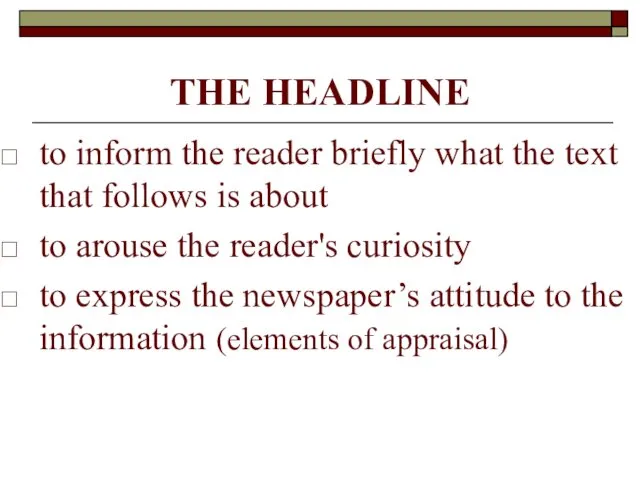
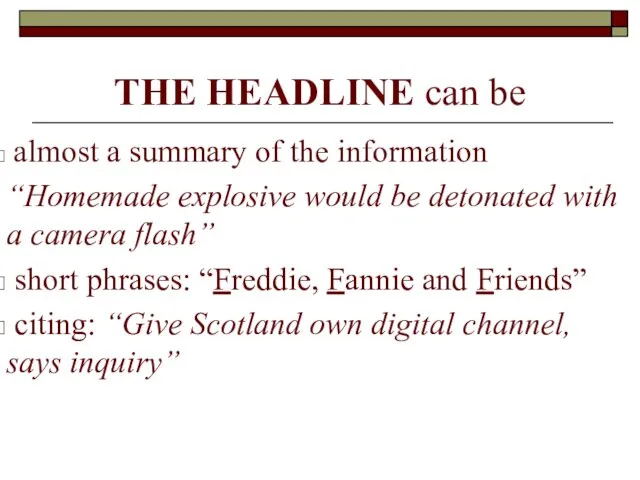
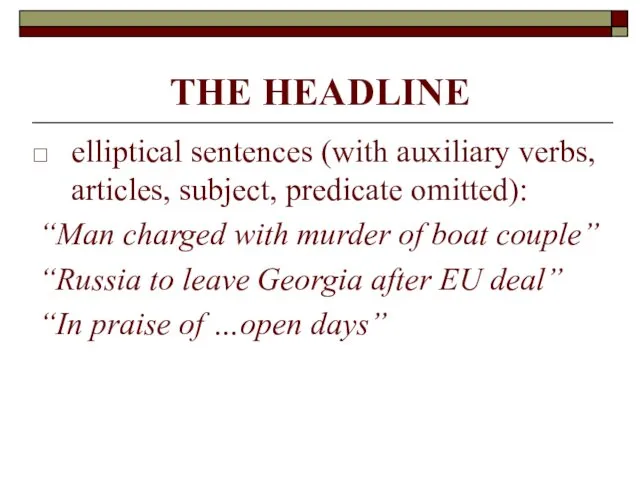
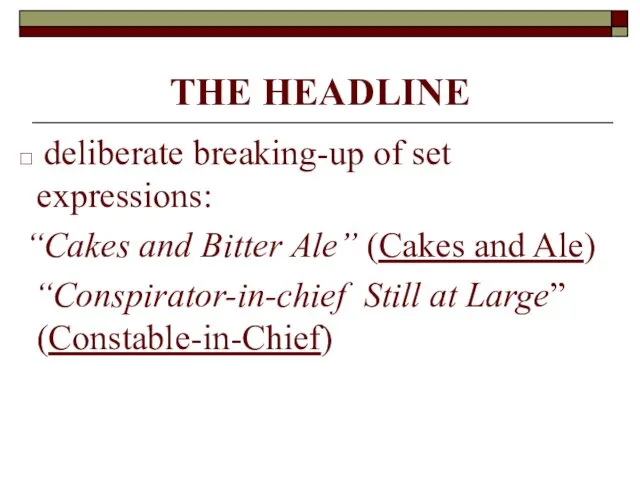
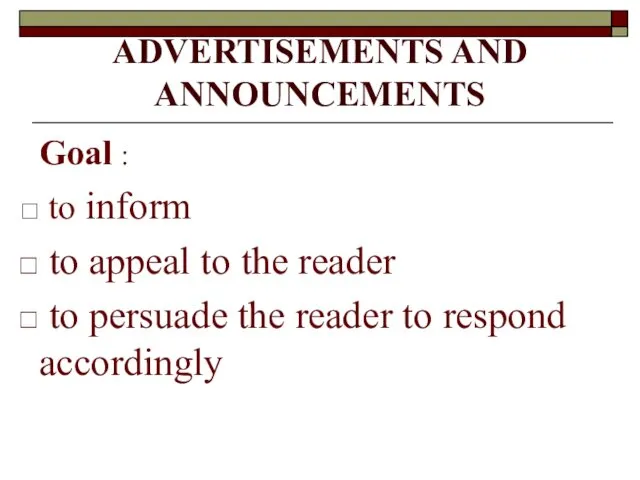

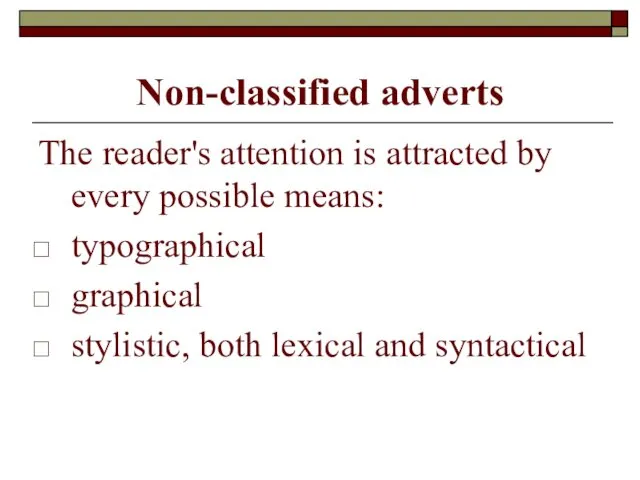
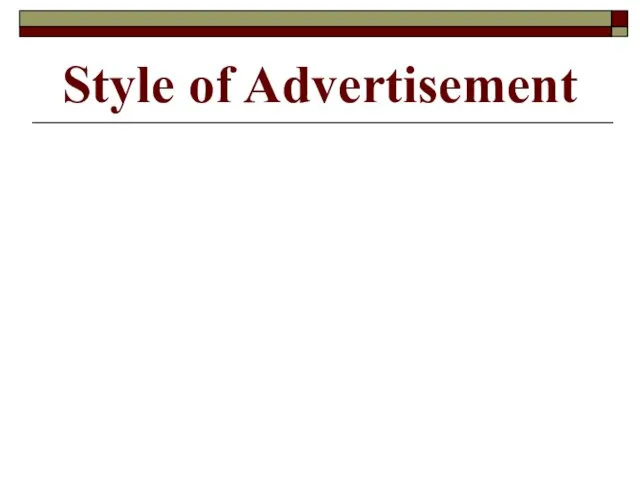
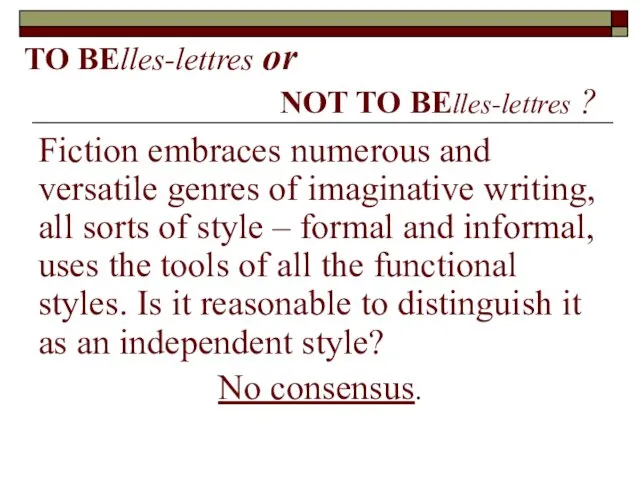
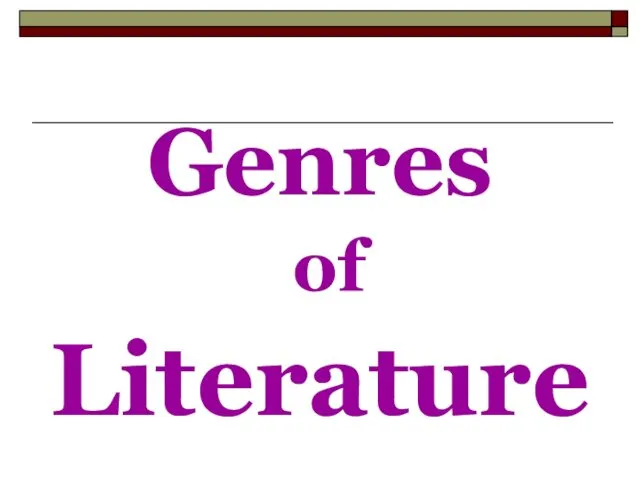
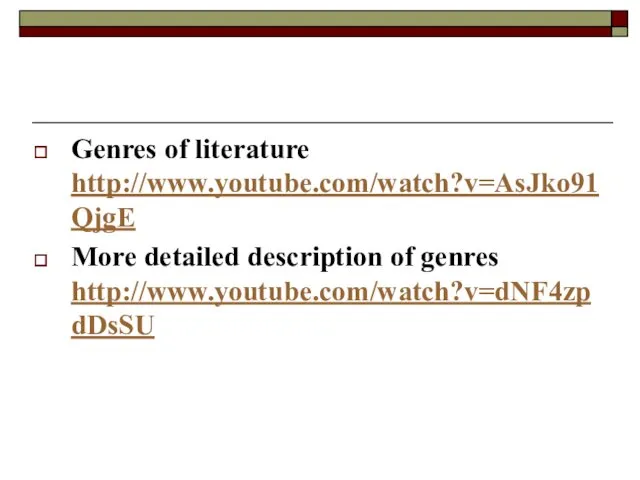
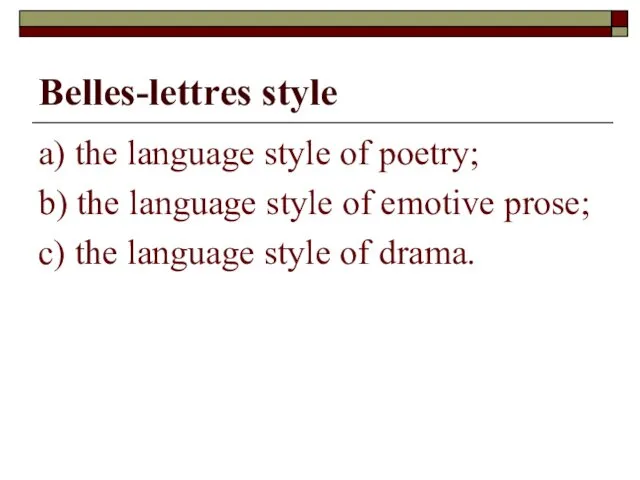
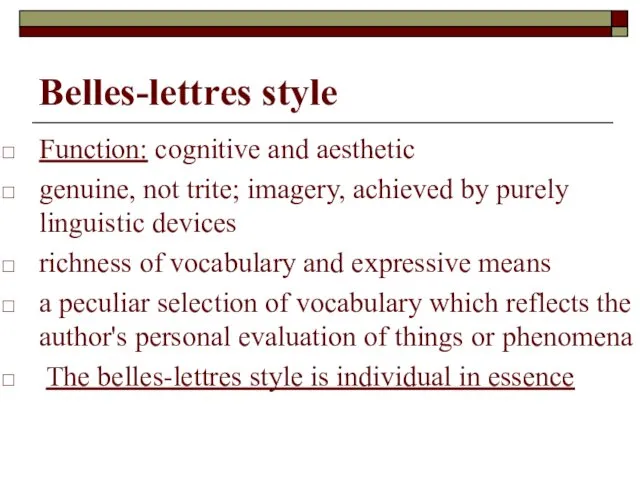
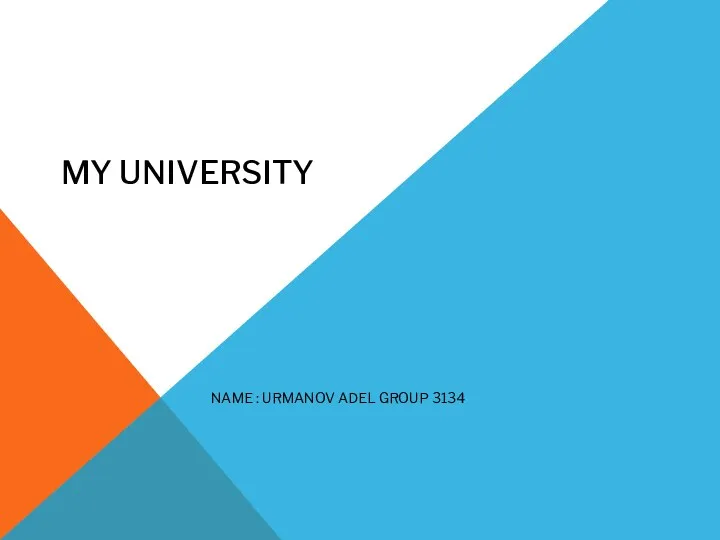 My University
My University AS1. Reading. Time 3
AS1. Reading. Time 3 Student’s book
Student’s book Synonyms. What is a Synonym?
Synonyms. What is a Synonym? Правила чтения в английском языке
Правила чтения в английском языке Cleopatra - the greatest ruler
Cleopatra - the greatest ruler Нарисовать себя и действия
Нарисовать себя и действия The city of London
The city of London Credit
Credit Test health vocabulary - dictation and collocations
Test health vocabulary - dictation and collocations Major Event Security Solutions
Major Event Security Solutions Существительное в притяжательном падеже
Существительное в притяжательном падеже Things to do
Things to do My dream house
My dream house Investor Pitch Deck Template
Investor Pitch Deck Template Presentation on the topic of personal player
Presentation on the topic of personal player Проблемы молодёжи
Проблемы молодёжи Emergency service
Emergency service Nouns countable
Nouns countable What do you need at school?
What do you need at school? Мой путеводитель по городу
Мой путеводитель по городу Підрядні обставинні речення часу. Time clauses
Підрядні обставинні речення часу. Time clauses Compound nouns. Game
Compound nouns. Game Английский язык. Легко и просто. Для всех без исключения
Английский язык. Легко и просто. Для всех без исключения Santa email
Santa email Let’s learn english!
Let’s learn english! Ireland - Dublin
Ireland - Dublin Culture and science in Ukraine
Culture and science in Ukraine